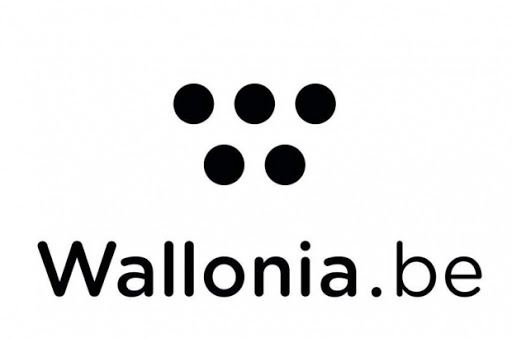The Royal Military Academy of Belgium (RMA) is a military institution responsible for the basic academic, military, and physical training of future officers and for the continuing advanced training of officers during their active career in the Belgian Defense department. It is fully recognized as a university, fulfilling the same criteria as civilian universities. The Royal Military Academy is also conducting scientific research at university level on topics of priority for the Belgian Defense.

The research unit Fluid Dynamics is concerned with the numerical and experimental investigation of flow problems. We treat a myriad of topics, such as the dispersion of particles, external and internal aerodynamics and the propagation of acoustic waves. The scope and objectives of the studies can range from the application of existing models and measurement techniques to the development and implementation of custom-built models.
The research unit Structures and Materials primarily deals with the mechanical loading of materials and structures in a general context and more specifically with the vibrational behavior of structures and systems: the dynamic reaction and the endurance of structures and systems, vibration control and simulation and fatigue monitoring.
The research unit Mobility & Propulsion focuses on the performance and stability of mobile platforms. Its members conduct active research in the air domain around propellers (Low-noise Design of Propellers, Tailored High-Altitude propeller), as well as various expert assessments: land vehicles stability and aerodynamics, and ship stability. Unmanned systems are of course a center of interest.
The research unit Robotics & Autonomous Systems focuses on two research domains. On one hand, we aim to enhance the good use of unmanned ground, aerial and marine systems for tough applications by studying the human factors and by developing novel perception, collaborative control, Artificial Intelligence and validation methodologies. On the other hand, we tackle the cyber-physical risks related to these systems by developing novel countermeasures. The lab conducts research in varied domains, ranging from very fundamental aspects to the development of prototype products.
Avenue de la Renaissance 30
1000 Brussels
Belgique
